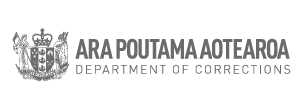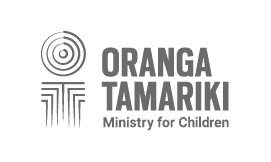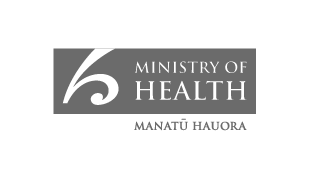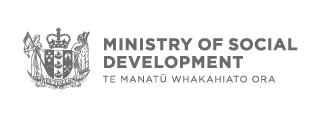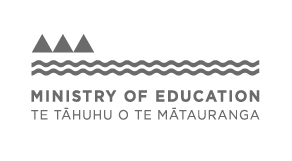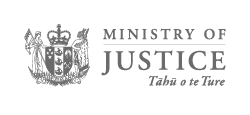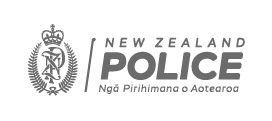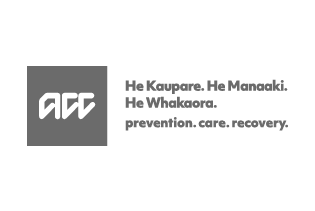The Centre is working to develop the operating model for collaborative multi-agency responses to family violence, underpinned by technology that will enable more effective ways of working.
The Keeping People Safe work programme will strengthen core components of good practice, such as governance and leadership, consistent management of high risk, and effective information sharing and collaborative case management.
This work requires government agencies to strengthen the ways they work together and with communities. This is to bring their focus onto families at high risk of violence and with complex needs, including those at with children and young people, and at greatest risk of serious injury and death.
Strategic narrative
The strategic narrative [PDF, 967 KB] for multi-agency responses to family violence tells the story of the outcomes this work is seeking, and how the new operating model will enable thriving whānau. It sets out the core components of effective multi-agency responses, the practice steps and the hub and spoke model that will enable the responses.
System Improvement Planning
The Centre is partnering with 12 localities to strengthen their multi-agency response to family violence by developing System Improvement Plans. These plans will identify opportunities for improvement and will also provide information about what is required for the future operating model for effective multi-agency responses to family violence across the country.
Specialist Outreach
Specialist outreach models are being implemented in Auckland City and Rotorua to provide coordinated, collaborative responses to families at high risk of violence. The Minister announced(external link)(external link) the partnership in Auckland City with Ngāti Whatua Ōrakei and Manawa Tītī to test specialist outreach and the high-risk approach, on April 11. Specialist outreach provides intensive and proactive specialist support for victims/whānau.
High-Risk Prototype
The high-risk prototype is a guidance document that aims to increase consistency in statutory responses to people, whānau, and families at the highest risk of severe violence.
The tiered approach was developed through engagement with family violence specialists who participate and have expertise in multi-agency responses, to understand current practice, what is working well, and barriers to good practice. It also draws from the literature on safe and effective multi-agency responses in Aotearoa and internationally, and the Risk and Safety Practice Framework (RSPF).(external link)(external link)
Project Whetū – safe information sharing and case management
The Centre is developing a modern technology platform that will enable safe information sharing, case management, triage and consistent approaches to risk assessment. This project is subject to Cabinet approval of the business case.
Workforce capability
The Centre is increasing workforce capability, consistency in training, and effectiveness through:
Last modified:
